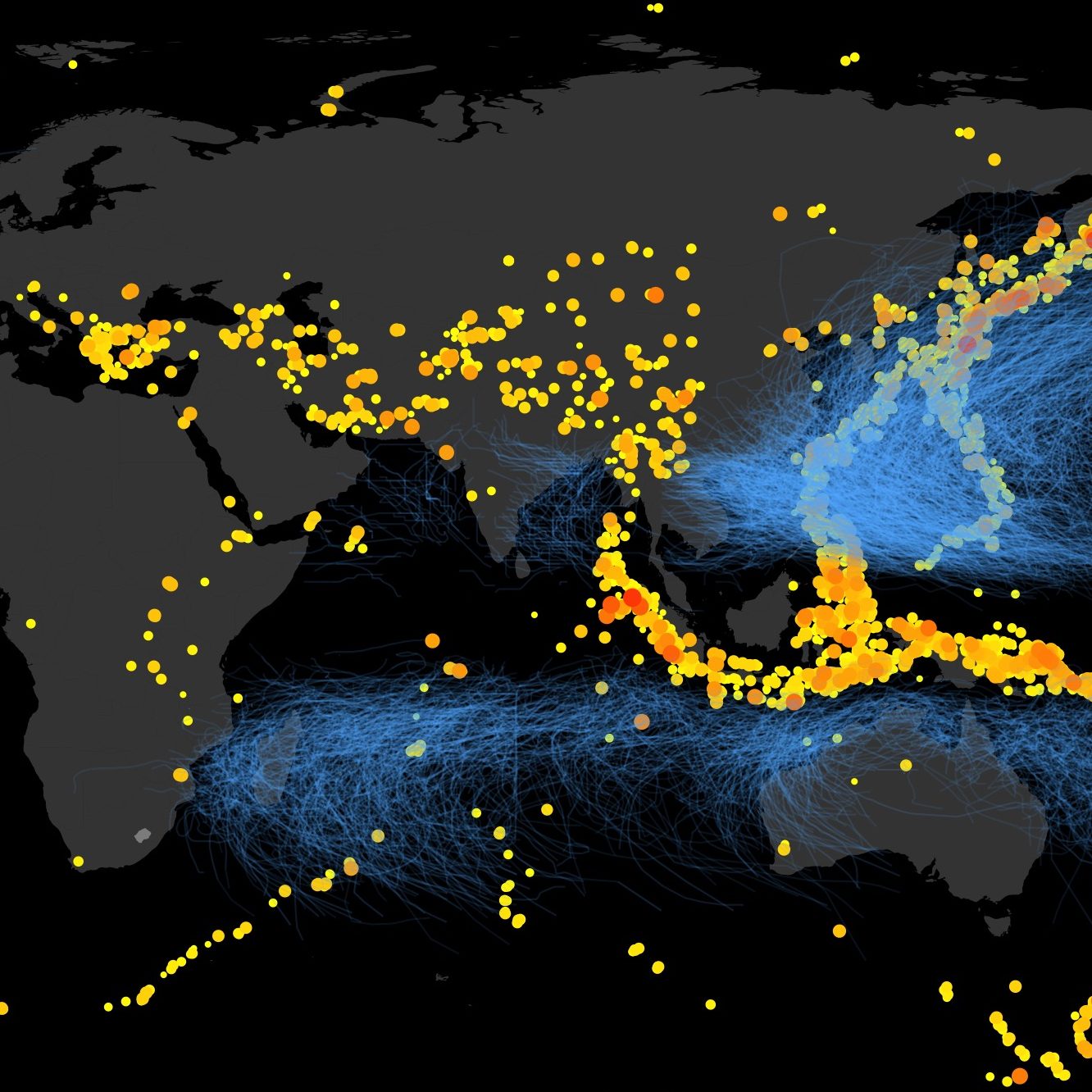A Framework and Case Study for Earthquake Vulnerability Assessment Of Incrementally Expanding Buildings
This study investigates the impact of incremental building expansion on earthquake vulnerability. In rapidly urbanizing areas in developing countries, the pay-as-you-go process of informal building construction and staged expansion is the de facto pattern of growth. Households start with a simple one or two story shelter, which given enough resources and time, transforms incrementally to multistory homes. While there is a common understanding that such expansions increase the earthquake vulnerability of buildings, this study proposes a framework to model and quantify this increase. Vulnerability curves are developed through incremental dynamic structural analysis for common building expansion typologies. Building expansions are modeled as Markov Chain processes and used to simulate stochastic expansion sequences over a building lifetime. The model is then used to simulate an entire neighborhood in the Kathmandu valley area to understand neighborhood-level risk over time. The study demonstrates that informal expansions significantly increase the collapse risk of buildings. It points to the need to limit such expansions or develop methods to safely construct them.
